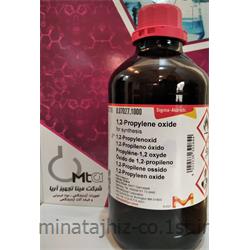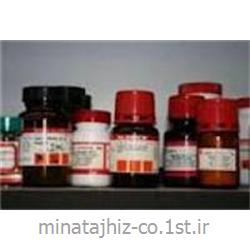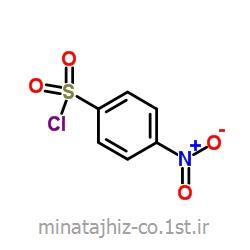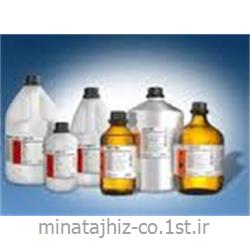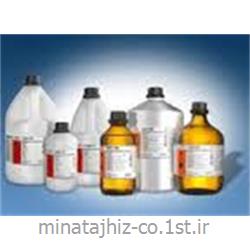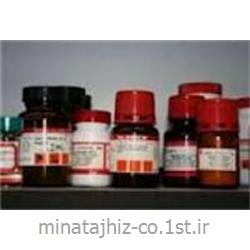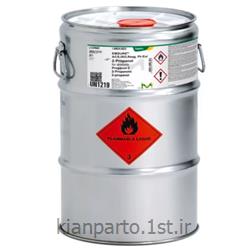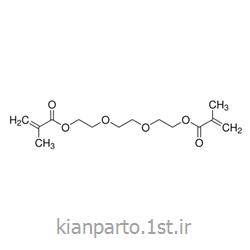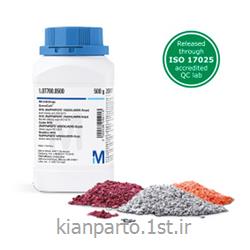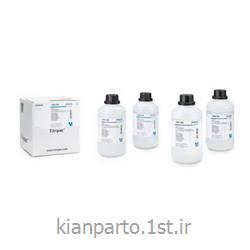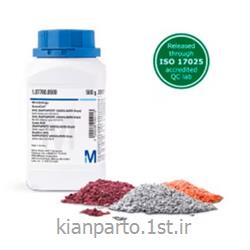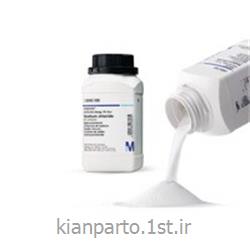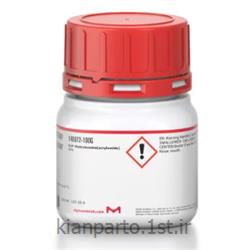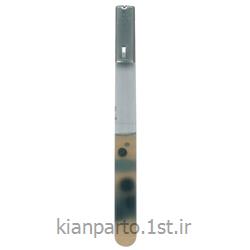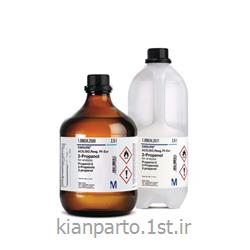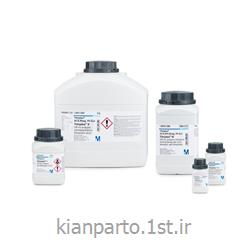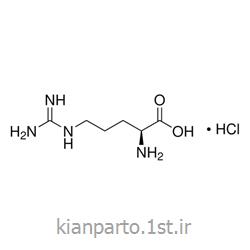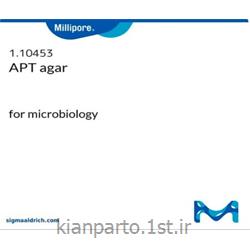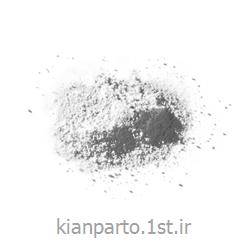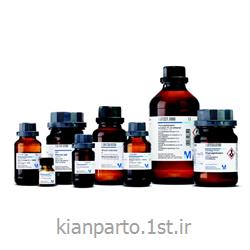| Description | |
|---|---|
| Catalogue Number | 814006 |
| Product Information | |
|---|---|
| HS Code | 2909 60 00 |
| Structure formula Image | |
| Physicochemical Information | |
|---|---|
| Boiling point | 37 °C (20 hPa) |
| Density | 0.94 g/cm3 (20 °C) |
| Flash point | 38 °C |
| Melting Point | -3 °C |
| Vapor pressure | 232 hPa (60 °C) |
| Refractive Index | 1.3870 (20 °C) |
| Solubility | 130 - 150 g/l |
| Toxicological Information | |
|---|---|
| LD 50 oral | LD50 Rat 810 mg/kg |
| LD 50 dermal | LD50 Rabbit 628 mg/kg |
| Safety Information according to GHS | |
|---|---|
| Hazard Pictogram(s) |     |
| Hazard Statement(s) | H226: Flammable liquid and vapour. H242: Heating may cause a fire. H302 + H332: Harmful if swallowed or if inhaled. H311: Toxic in contact with skin. H314: Causes severe skin burns and eye damage. H317: May cause an allergic skin reaction. H411: Toxic to aquatic life with long lasting effects. EUH044: Risk of explosion if heated under confinement. |
| Precautionary Statement(s) | P210: Keep away from heat. P273: Avoid release to the environment. P280: Wear protective gloves/ protective clothing/ eye protection/ face protection. P301 + P330 + P331: IF SWALLOWED: Rinse mouth. Do NOT induce vomiting. P302 + P352: IF ON SKIN: Wash with plenty of soap and water. P305 + P351 + P338: IF IN EYES: Rinse cautiously with water for several minutes. Remove contact lenses, if present and easy to do. Continue rinsing. P308 + P310: IF exposed or concerned: immediately call a POISON CENTER or doctor/ physician. |
| Signal Word | Danger |
| Storage class | 4.1A Other explosive hazardous materials |
| WGK | WGK 3 highly water endangering |
| Disposal | 10 Organic peroxides can be detected in aqueous solutions or organic solvents using the Perex-Test® (Cat. No. 116206). Pure peroxides are diluted to min. 10% in a suitable solvent or with water and added in small portions, with temperature control, to iron(II) chloride (Cat. No. 103860) solution. Test for complete reaction with the Perex-Test® (Cat. No. 116206). Container D. Explosive substances (storage class 4.1A) should be packed separately and tightly sealed for disposal. Ensure sufficient phlegmatization by water or the stated phlegmatizing agent! |
| Safety Information | |
|---|---|
| Hazard Symbols |  Corrosive Corrosive Oxidising Oxidising Dangerous for the environment Dangerous for the environment |
| Categories of danger | oxidizing, flammable, harmful, corrosive, sensitizing, dangerous for the environment |
| R Phrase | R 7-10-20/21/22-34-43-51/53 May cause fire.Flammable.Harmful by inhalation, in contact with skin and if swallowed.Causes burns.May cause sensitisation by skin contact.Toxic to aquatic organisms, may cause long-term adverse effects in the aquatic environment. |
| S Phrase | S 3/7-14-26-36/37/39-45-61 Keep container tightly closed in a cool place.Keep away from .?.In case of contact with eyes, rinse immediately with plenty of water and seek medical advice.Wear suitable protective clothing, gloves and eye/face protection.In case of accident or if you feel unwell, seek medical advice immediately (show the label where possible).Avoid release to the environment. Refer to special instructions/ Safety data sheets. |
| Storage and Shipping Information | |
|---|---|
| Storage | Store at +15°C to +25°C. |
| Transport Information | |
|---|---|
| Declaration (railroad and road) ADR, RID | UN 3109 , 5.2 (8), |
| Declaration (transport by air) IATA-DGR | UN 3109 , 5.2 (8), |
| Declaration (transport by sea) IMDG-Code | UN 3109 , 5.2 (8), |
| Specifications | |
|---|---|
| Assay (iodometric) | 67.0 - 73.0 % |
| Density (d 20 °C/ 4 °C) | 0.937 - 0.938 |
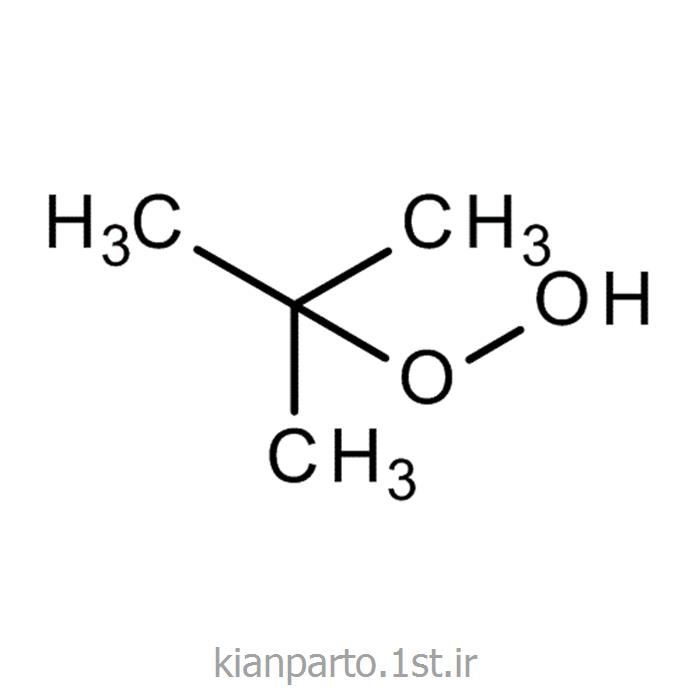





 سفارش آنلاین
سفارش آنلاین

 ضمانت سلامت فیزیکی
ضمانت سلامت فیزیکی ضمانت اصالت کالا
ضمانت اصالت کالا

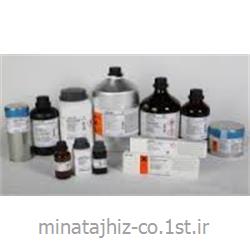
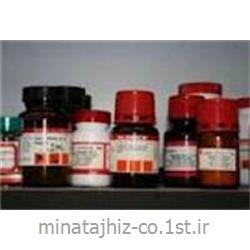
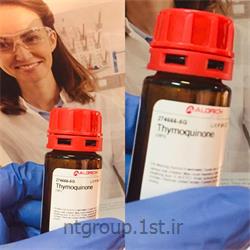

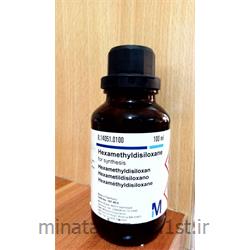

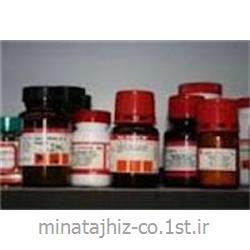
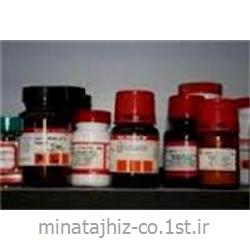
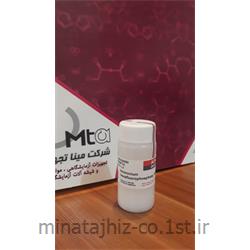
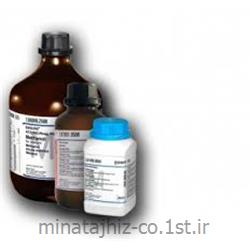
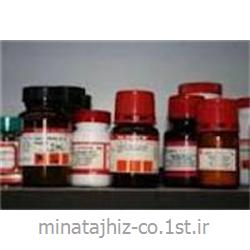
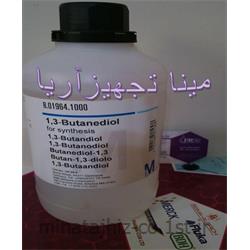
.jpg)
